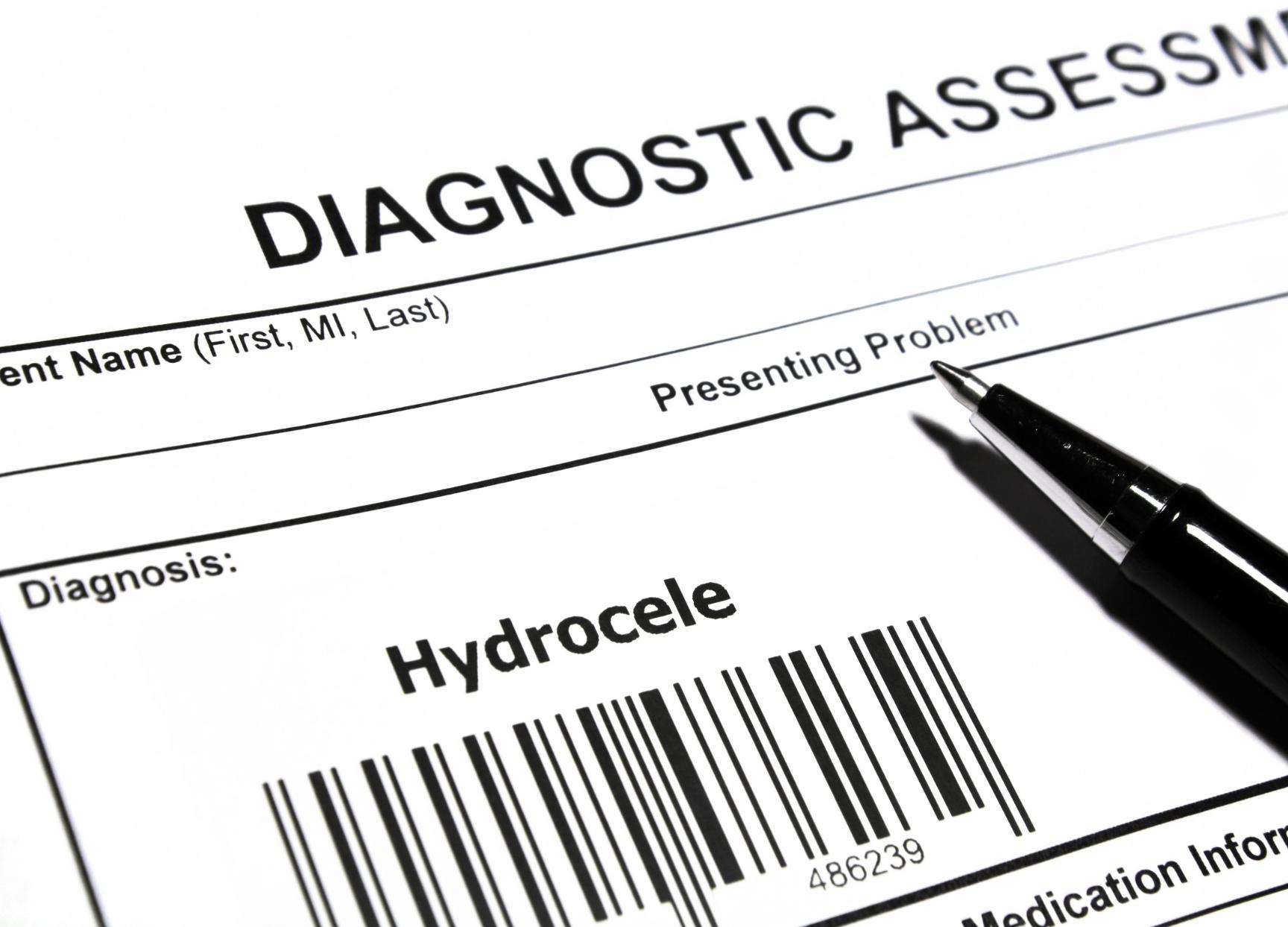Mr Hussain Alnajjar
Consultant Urological Surgeon and Andrologist
Specialist expertise: Men's Health, Urology, Male Infertility, Erectile Dysfunction, Genitourethral Oncology, Penile Prosthesis, Surgical Sperm Retrieval, Peyronie's Disease Surgery, Vasectomy Reversal, Genital Reconstruction.


